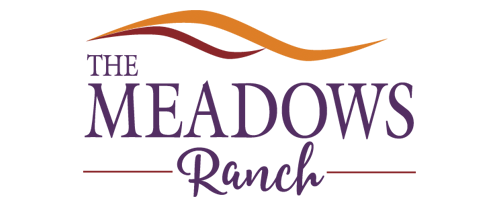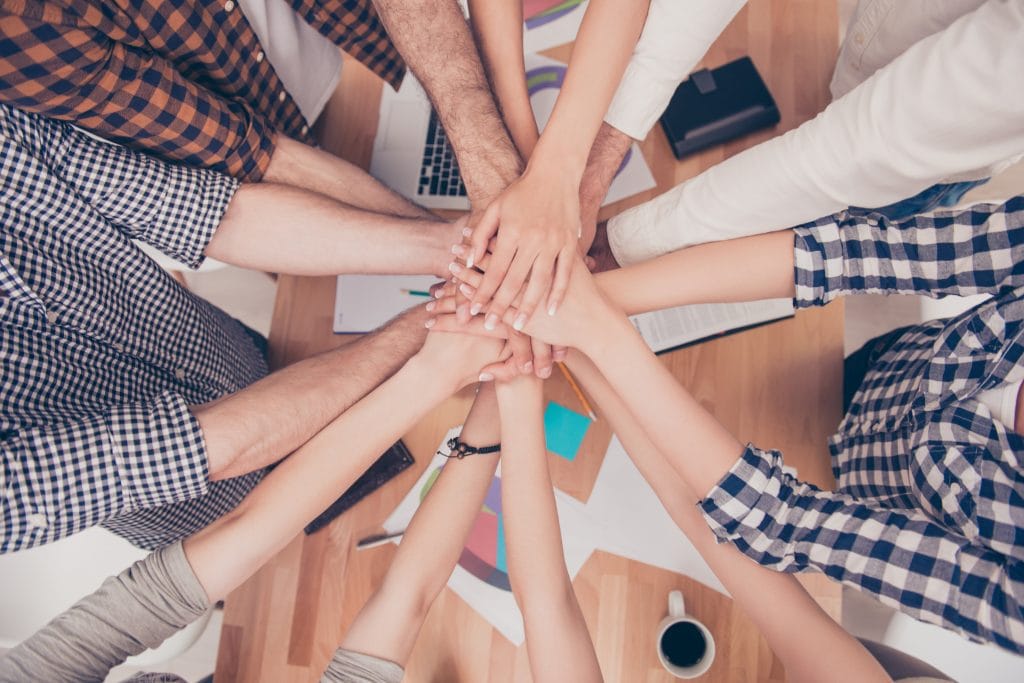by Jenni Schaefer
Mental illness is a lonely place. The actual symptoms of mental illness even ensure isolation:
- With my eating disorder, I was a pro at making up excuses for getting out of dinner or lunch plans with friends.
- When it comes to PTSD, I was frequently dissociated—felt apart from the world. It’s easy to keep to yourself when you live in an alternative universe.
- Of course, depression keeps us trapped inside our minds and our homes.
While mental illness thrives on the very isolation that it creates, recovery requires connection. To heal, we must build a tribe. Here are eleven ideas for how to tackle this sometimes-daunting task:
- Move past shame and stigma. For me, it helped to view my eating disorder in the same way that I might another life-threatening illness, like cancer. If I had cancer, I wouldn’t hide it from everyone. Indeed, I would tell people in order to gain as much support as possible. I learned to do the same for mental illness.
- Connect with others who “get it.” Attend twelve-step meetings. When I couldn’t find a specific meeting about anorexia nervosa, my therapist encouraged me to attend open (all are welcome) Alcoholics Anonymous meetings. In rooms full of alcoholics, I substituted the word “alcohol” with “food,” and gained much-needed hope and wisdom. For support, bring a loved one to an open meeting with you.
- Put recovery in your pocket. Check out twelve-step websites, like Eating Disorders Anonymous, because many groups list free phone or online meetings. In this way, your phone becomes portable support in your pocket.
- Be willing to do whatever it takes. I only met others in recovery from PTSD when I traveled states away for trauma-specific treatment. Get creative and be willing to do whatever it takes to connect. A new avenue for those in eating disorder recovery to gain support is our Life Without Ed® weekend workshop.
- Find friends just for fun. Join Meetup.com to find others with similar interests beyond recovery. Sign up for free groups focused on hiking, reading, cooking, and more. Joining a group online is the easy part; getting yourself to actually attend a meetup is another. Again, bring a loved one if you’re afraid to go alone.
- Put your phone down. When attending activities and meetings, take your eyes off of your screen and actually say hello to others. Consider turning your phone off. (Gasp!) Take another risk and try your best to introduce yourself to at least one person at every event that you attend.
- Consider your body posture. My once go-to stance of crossing my arms and avoiding eye contact wasn’t helpful in building connections. Today, my body language is less guarded, and I try to look people in the eyes. I recently told a guy I’m dating that I sometimes have trouble with eye contact, so we practiced over a meal. Awkward. Yet, this vulnerability led to a more authentic connection.
- Deepen your connections. Ask questions, and truly listen to the answers (instead of thinking about what you will say next). With people who you trust, be more open with answering questions. When someone asks how you’re doing, don’t automatically reply with “fine” when you aren’t. Be real.
- Let people go. If someone in your life is consistently dragging you down and your efforts to address the problem go unheard, listen to your intuition and consider letting go. While social media makes it easy to un-friend someone, in real life, it can be difficult. Pray about it. (Don’t forget to invite your higher power into your tribe.) Speak with your therapist for support with difficult actions and conversations.
- Connect with professional help. Do whatever it takes to build professional support, including a therapist, psychiatrist, dietitian, and others. If money is an obstacle, apply for treatment scholarships or seek low-cost or no-cost options at mental health nonprofits and within spiritual communities.
- Practice patience. Making friends and building relationships can be a lot like dating. It doesn’t always work out, and that’s okay.
While building a tribe can be scary at times, like other things in recovery, it can also be exciting. Our best friends were once strangers, ones we probably met because we weren’t staring at our screens. Now, go: put your phone down (unless you’re attending an online meeting), and build your village. That’s what it takes to heal. And, healing, by the way, can and does happen.
A Senior Fellow with The Meadows and advocate for its specialty eating disorders program, The Meadows Ranch, Jenni Schaefer is a bestselling author and sought-after speaker. For more information: www.JenniSchaefer.com

